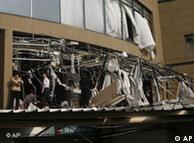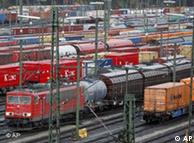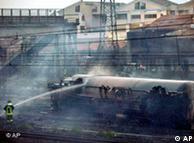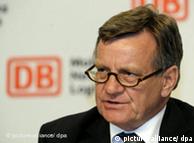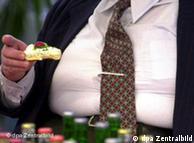The Biggest Thorn for Smart Grid Standards? The Home Area Network
The National Institute of Standards and Technologies is busy on one of the most ambitious standards programs in the history of technology: it wants to set 77 standards for the smart grids, including standards for 14 priority areas.
And it wants a number of the important standards, such as demand response monitoring and energy use information sharing, done in a few months.
This is not going to be easy. Some technology standards bodies can linger for years.
Last week, I sat on a panel with George Arnold, who heads up the project for NIST, at the GreenBeat Conference and asked him which are the ones that look like the biggest problems.
Surprisingly, he said home area networks. Homes should be easy to control, right? They only have a few hundred to a few thousand square feet and contain a finite number of appliances which get replaced at a fairly slow rate.
The challenge lay in achieving cooperation. Appliance makers are nervous about added costs. No single standard--ZigBee, WiFi, power line networking, some form of RF mesh--has won out yet and interoperability remains a work in progress. Different camps continue to promote different paradigms for home energy control. For hardware makers, this adds up to compounded risks.
How NIST gets through this will be one of the biggest issues next year in smart grid.
米国標準技術局(National Institute of Standards and Technologies:以下「NIST」:関連リンク)はいま、科学技術の歴史のなかでも最も野心的な標準づくりで多忙を極めている。NISTではスマートグリッド関連の77の標準を定めたい考えだが、このなかには特に重要な14分野の標準も含まれる。
NISTはまた、たとえばディマンド・レスポンスの監視関連や、エネルギー利用状況についての情報の共有に関するものなど、多数の重要な標準を今後数ヶ月間で定めたいと考えているが、これは簡単に片付かないだろう。技術標準づくりには何年もかかる場合もあるからだ。
先週開かれたGreenBeat 2009カンファレンスのあるパネルディスカッションで、私はNISTでスマートグリッド関連の標準策定プロジェクトを率いるジョージ・アーノルド (George Arnold)と一緒になった。そこで私は「どの分野がもっとも厄介そうか」と同氏に訊ねてみた。
「家庭内ネットワークに関連するものだ」と同氏は意外な答えを口にした。家庭(個人宅)は管理が用意なはずではなかったのか。家庭の場合、広さは数 百平方フィートから広くても数千平方フィートで、電子機器や家電製品の数も限られており、しかもそれらはかなりゆっくりしたペースで買い換えられる。
アーノルドによれば、この原因は関係当事者間の調整が難しい点にあるという。たとえば家電メーカー各社は製品のコスト増につながることに神経をとが らせている。また、通信に関しても、ZigBeeやWi-Fi、電力線ネットワーク(PLC)やRFIDを使ったメッシュネットワークなど、複数の方式が 存在して、まだどれかひとつには絞り込まれておらず、しかもそれらの互換性(インターオペラビリティ)の確保については、いままさに作業中といった状態に ある。家庭でのエネルギー管理について、さまざまな陣営がそれぞれ異なるパラダイムを推し進めようとしている。またハードウェア・メーカーにとって、これ はさらにリスクを高めることにつながる。NISTがこの標準策定作業をいかに済ませるかは、来年のスマートグリッド分野における最も大きな問題のひとつに なるだろう。
[著者:Michael Kanellos(Greentech Media)/抄訳:坂和敏/原文公開:11月23日(米国時間)]
原文はこちら:
"The Biggest Thorn for Smart Grid Standards? The Home Area Network"
訳者コメント:
上記ブログではいまひとつ分かりにくい印象ですが、下記の関連記事をみると「なるほどこれは大変そうだ」と思える説明がありました。たとえば、NISTの標準案(ドラフト)はA4サイズで計90ページにもなる代物でそのなかにぎっしりと文字だけが並んでいます。
関連記事:
・"Smart Grid Interoperability Panel: Who to Call"(Greentech Media)
・"Smart Grid Standards Roadmap Unveiled"(Greentech Media)
・"Time short to agree on smart-grid standards" (CNET News.com)
・"NIST Framework and Roadmap for Smart Grid Interoperability Standards Release 1.0 (Draft) "[PDF]









